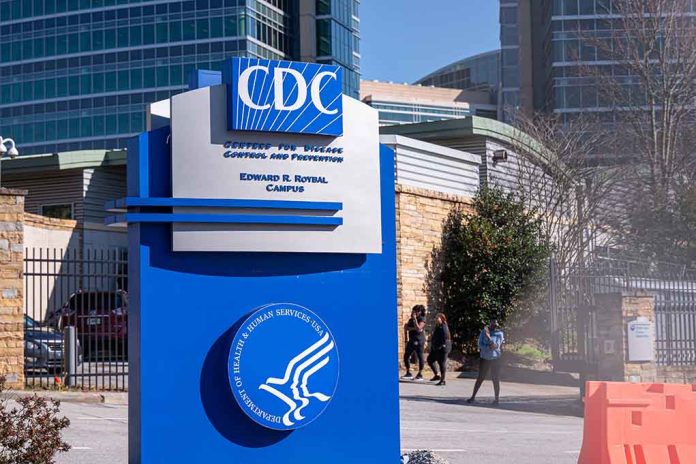
The Trump administration ignites heated debate over its proposal to dissolve a key CDC division focused on HIV prevention.
Key Takeaways
- The Trump administration is considering cuts to the CDC’s domestic HIV program, including prevention funding.
- No final decision has been made, and discussions are ongoing about potentially continuing the work elsewhere within HHS.
- Approximately $1 billion is allocated annually for domestic HIV prevention, primarily to states for local efforts.
- The proposal is part of broader efforts to reduce federal spending and reorganize HHS.
- Public health experts and advocates oppose the potential elimination, emphasizing that existing programs do not cover all HIV-related needs.
The Controversial Proposal
The Trump administration in its preliminary stages proposed dissolving the CDC’s dedicated division for HIV prevention. This division is renowned for spearheading significant efforts in surveillance and prevention. The proposal suggests transferring responsibilities to another entity under the Health and Human Services (HHS) department. Public health advocates have responded vocally, expressing concern that such a move could undermine efforts to reduce HIV rates, especially among younger populations.
Current discussions on dissolving the division align with the administration’s broader intent to restructure federal operations and minimize overlapping roles. A spokesperson for the HHS, Andrew Nixon, confirmed, “HHS is following the Administration’s guidance and taking a careful look at all divisions to see where there is overlap that could be streamlined to support the President’s broader efforts to restructure the federal government.” Experts argue that such restructuring could dilute focus and resources allocated for HIV prevention efforts nationwide.
Potential Impact on HIV Prevention
Opponents of the proposal emphasize the possible repercussions, worrying that dismantling a significant portion of the CDC’s budget may hinder the progress achieved in combating HIV. Currently, approximately $1 billion is spent annually by the CDC on domestic HIV prevention, with most funds distributed at the state level. Critics posit that reduced federal oversight could burden state programs, leading to inefficiencies and potential increases in taxpayer expenses should HIV prevention efforts falter.
The administration’s proposal seems at odds with Trump’s previous initiative, “Ending the HIV Epidemic,” which aims to reduce new HIV cases by 90% by 2030. Advocacy groups strongly believe that scaling back support at this juncture could stall or reverse the long-fought advancements in lowering infection rates.
Concluding Thoughts
Advocates continue to stress the importance of cohesive and strong federal backing for HIV prevention. Despite assurances from some government officials that no final decision has been made, the prospect of reallocating CDC responsibilities has stirred anxiety among healthcare professionals and affected communities. As stakeholders await further clarity, the conversation continues to spotlight the administration’s commitment to public health.
An ongoing evaluation of existing operations and financial allocations continues, with many eyes watching to ascertain the future of HIV prevention in America.
Sources:
- https://www.wsj.com/health/healthcare/trump-administration-weighing-major-cuts-to-funding-for-domestic-hiv-prevention-8dcad39b
- https://www.politico.com/news/2025/03/18/the-trump-administration-is-discussing-cutting-cdcs-domestic-hiv-funding-00237454
- https://www.reuters.com/business/healthcare-pharmaceuticals/trump-administration-weighing-future-cdcs-hiv-prevention-division-2025-03-18/
- https://www.nbcnews.com/health/health-news/trump-administration-considers-plan-eliminate-cdcs-hiv-prevention-divi-rcna196946










